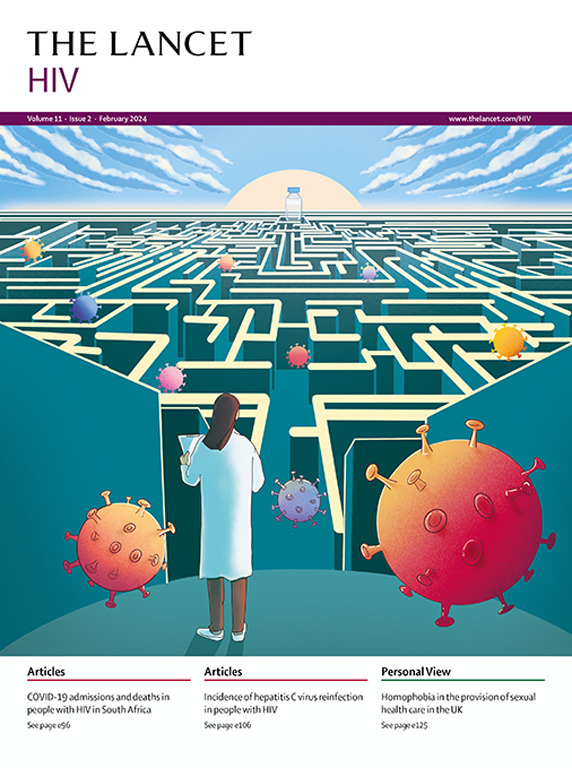撒哈拉以南非洲儿童的艾滋病毒预防和未确诊感染。
IF 13
1区 医学
Q1 IMMUNOLOGY
引用次数: 0
摘要
尽管为预防艾滋病毒的垂直传播作出了努力,但全世界每年仍有约13万名儿童感染艾滋病毒,其中40%仍未得到诊断。造成这一不良结果的因素有很多,包括但不限于,未能发现怀孕期间或产后血清转化的母亲,婴儿早期诊断不理想,在母乳喂养结束前对儿童阴性检测结果的误解,以及儿童检测不是国家规划的关键指标。要缩小儿科艾滋病毒诊断差距并改善儿童死亡率,必须进行若干改革。这些变化包括加强艾滋病毒再检测工作,以查明在怀孕或母乳喂养期间转化的妇女,向护理人员和保健提供者提供咨询,说明在母乳喂养结束后对儿童进行最后艾滋病毒检测的必要性,为18个月至24个月的儿童制定正式的检测指标,将儿童艾滋病毒诊断作为儿童离开方案时所有保健工作者关注的问题,以防止2年后艾滋病毒垂直传播。本文章由计算机程序翻译,如有差异,请以英文原文为准。
HIV prevention and undiagnosed infections in children in sub-Saharan Africa.
Despite the efforts to prevent vertical transmission of HIV, about 130 000 children worldwide acquire HIV each year, and 40% of those remain undiagnosed. Many factors contribute to this poor outcome including, but not limited to, failure to identify mothers seroconverting during pregnancy or postpartum, suboptimal early infant diagnosis, misinterpretation of negative test results in children before the end of breastfeeding, and child testing not being a key indicator for national programmes. To close the paediatric HIV diagnosis gap and improve child mortality rates, several changes are necessary. These changes include intensifying HIV retesting efforts to identify women who seroconvert during pregnancy or breastfeeding, counselling caregivers and health-care providers on the necessity of doing a final HIV test in children after breastfeeding ends, setting a formal indicator for child testing between age 18 months and 24 months, and extending child HIV diagnosis as a concern for all health-care workers when the children leave the programme to prevent vertical transmission of HIV after 2 years.
求助全文
通过发布文献求助,成功后即可免费获取论文全文。
去求助
来源期刊

Lancet Hiv
IMMUNOLOGYINFECTIOUS DISEASES&-INFECTIOUS DISEASES
CiteScore
19.90
自引率
4.30%
发文量
368
期刊介绍:
The Lancet HIV is an internationally trusted source of clinical, public health, and global health knowledge with an Impact Factor of 16.1. It is dedicated to publishing original research, evidence-based reviews, and insightful features that advocate for change in or illuminates HIV clinical practice. The journal aims to provide a holistic view of the pandemic, covering clinical, epidemiological, and operational disciplines. It publishes content on innovative treatments and the biological research behind them, novel methods of service delivery, and new approaches to confronting HIV/AIDS worldwide. The Lancet HIV publishes various types of content including articles, reviews, comments, correspondences, and viewpoints. It also publishes series that aim to shape and drive positive change in clinical practice and health policy in areas of need in HIV. The journal is indexed by several abstracting and indexing services, including Crossref, Embase, Essential Science Indicators, MEDLINE, PubMed, SCIE and Scopus.
 求助内容:
求助内容: 应助结果提醒方式:
应助结果提醒方式:


